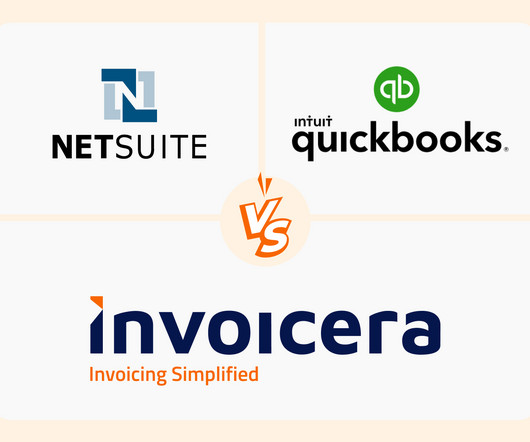Unlock Potential with an Efficient Accounts Payable Department
Nanonets
SEPTEMBER 22, 2023
An accounts payable department is an integral part of any organization, responsible for managing and processing all outgoing payments to suppliers and vendors. An inefficient accounts payable process can result in lost opportunities, damaged vendor relationships, and cash flow issues.












Let's personalize your content